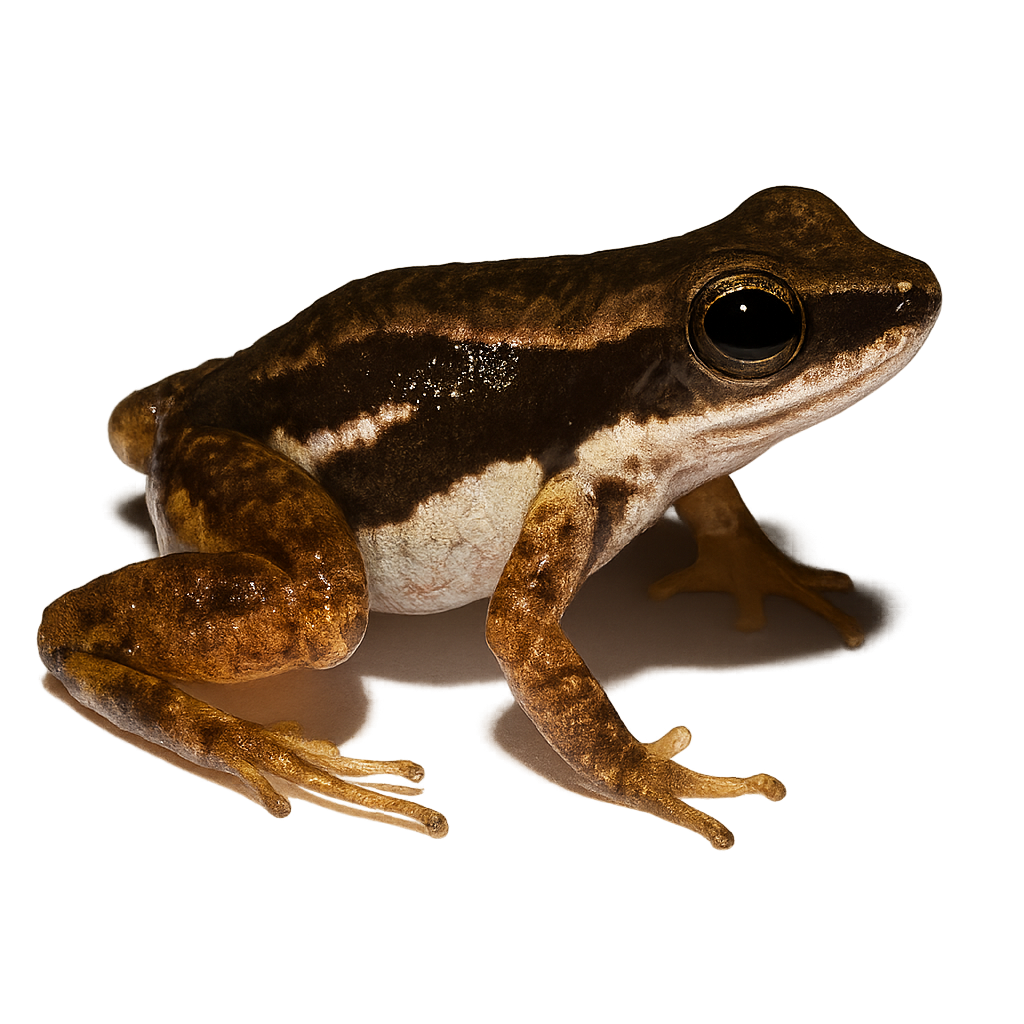Your wildlife photography guide.
Explore the panamanian rocket frog in detail, study its behavior, prepare your shots.
Where to observe and photograph the panamanian rocket frog in the wild
Learn where and when to spot the panamanian rocket frog in the wild, how to identify the species based on distinctive features, and what natural environments it inhabits. The WildlifePhotographer app offers tailored photography tips that reflect the panamanian rocket frog’s behavior, helping you capture better wildlife images. Explore the full species profile for key information including description, habitat, active periods, and approach techniques.
Panamanian Rocket Frog
Scientific name: Colostethus panamansis

IUCN Status: Least Concern
Family: DENDROBATIDAE
Group: Amphibians
Sensitivity to human approach: Suspicious
Minimum approach distance: 2 m
Reproduction period: April to May
Incubation: 10–14 jours
Births: May to June
Habitat:
Tropical rainforests, streams, marshy areas
Activity period :
Primarily active during the day, with peak activity in the morning and late afternoon.
Identification and description:
The Panamanian Rocket Frog, scientifically known as Colostethus panamansis, is a small amphibian species primarily found in the humid tropical forests of Panama. It is characterized by its smooth skin and vibrant colors, often a mix of brown and green, which allow it to effectively camouflage in its natural environment. This species is known for its distinctive calls, used by males to attract females during the breeding season. It prefers habitats close to water streams, where it can find its diet mainly consisting of insects. Although its conservation status is not alarming, deforestation and water pollution pose potential threats to its survival.
Recommended lens:
Macro – adjust based on distance, desired framing (portrait or habitat), and approach conditions.
Photography tips:
To photograph the Panamanian Rocket Frog, it is advisable to use a macro lens to capture the details of its skin and vibrant colors. Approach slowly and maintain a distance of about 2 meters to avoid startling it. The best photos are often taken early in the morning or late in the afternoon when the natural light is soft. Make sure to check the weather conditions, as rain can make the terrain slippery and difficult to access. Be patient and ready to wait for the frog to appear in its natural habitat.
The WildlifePhotographer App is coming soon!
Be the first to explore the best nature spots, track rutting seasons, log your observations, and observe more wildlife.
Already 1 432 wildlife lovers subscribed worldwide

